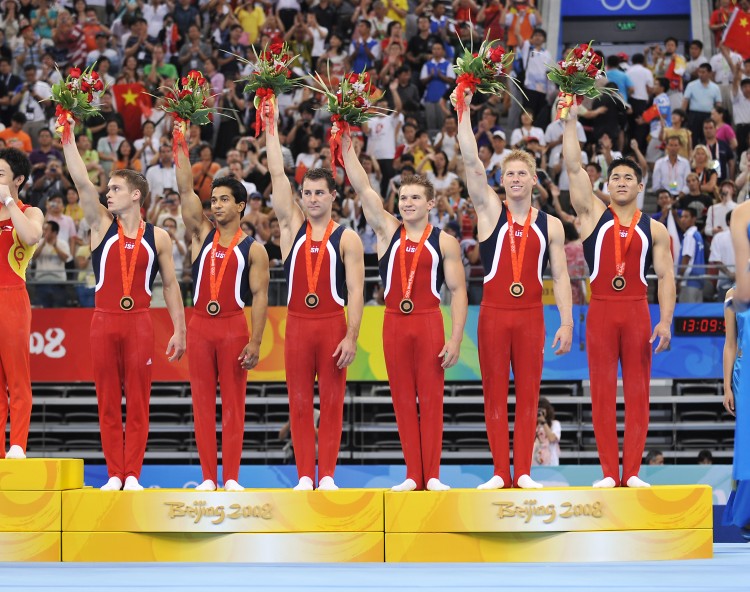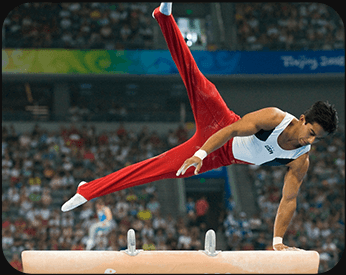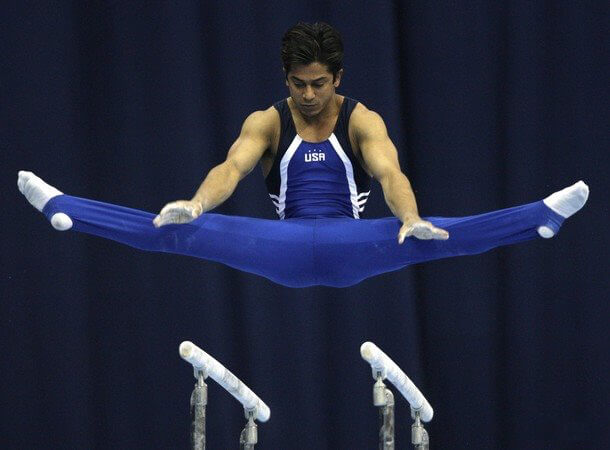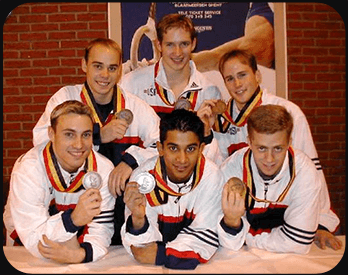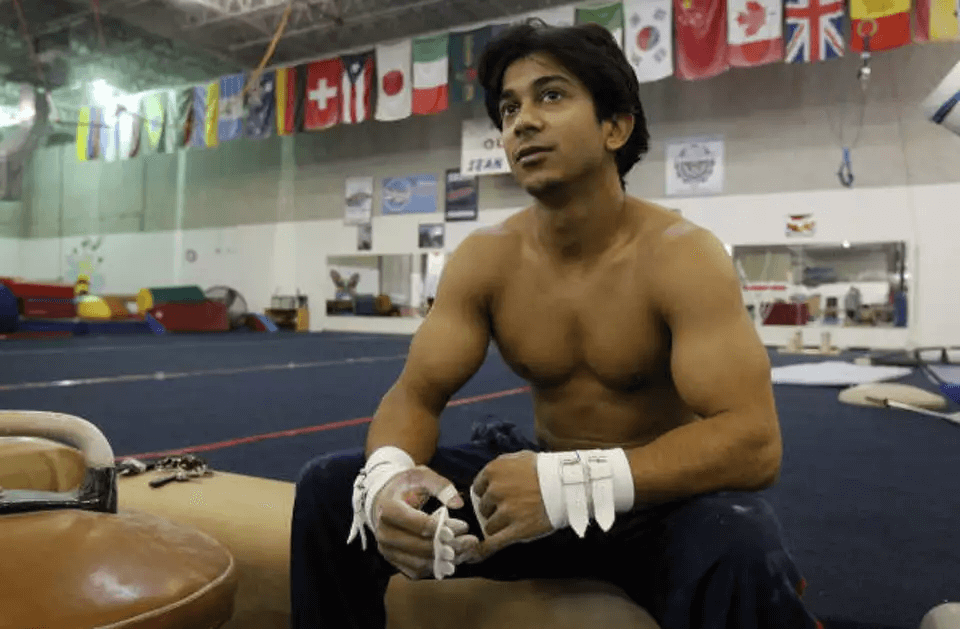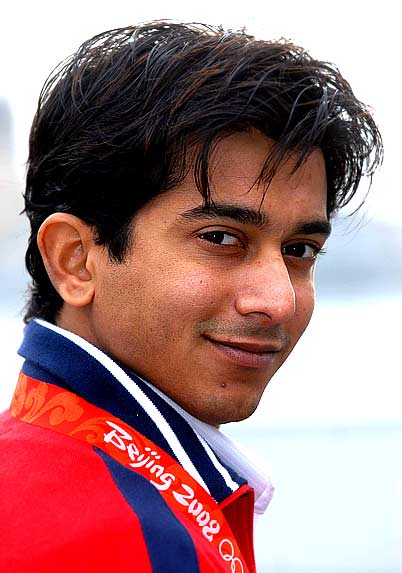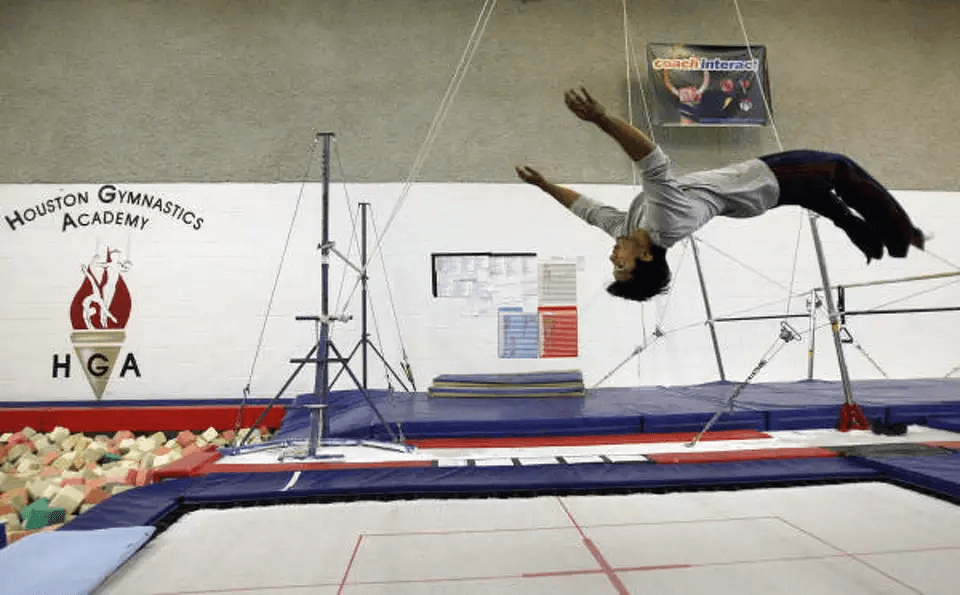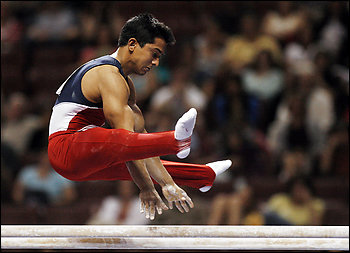Gymnastics
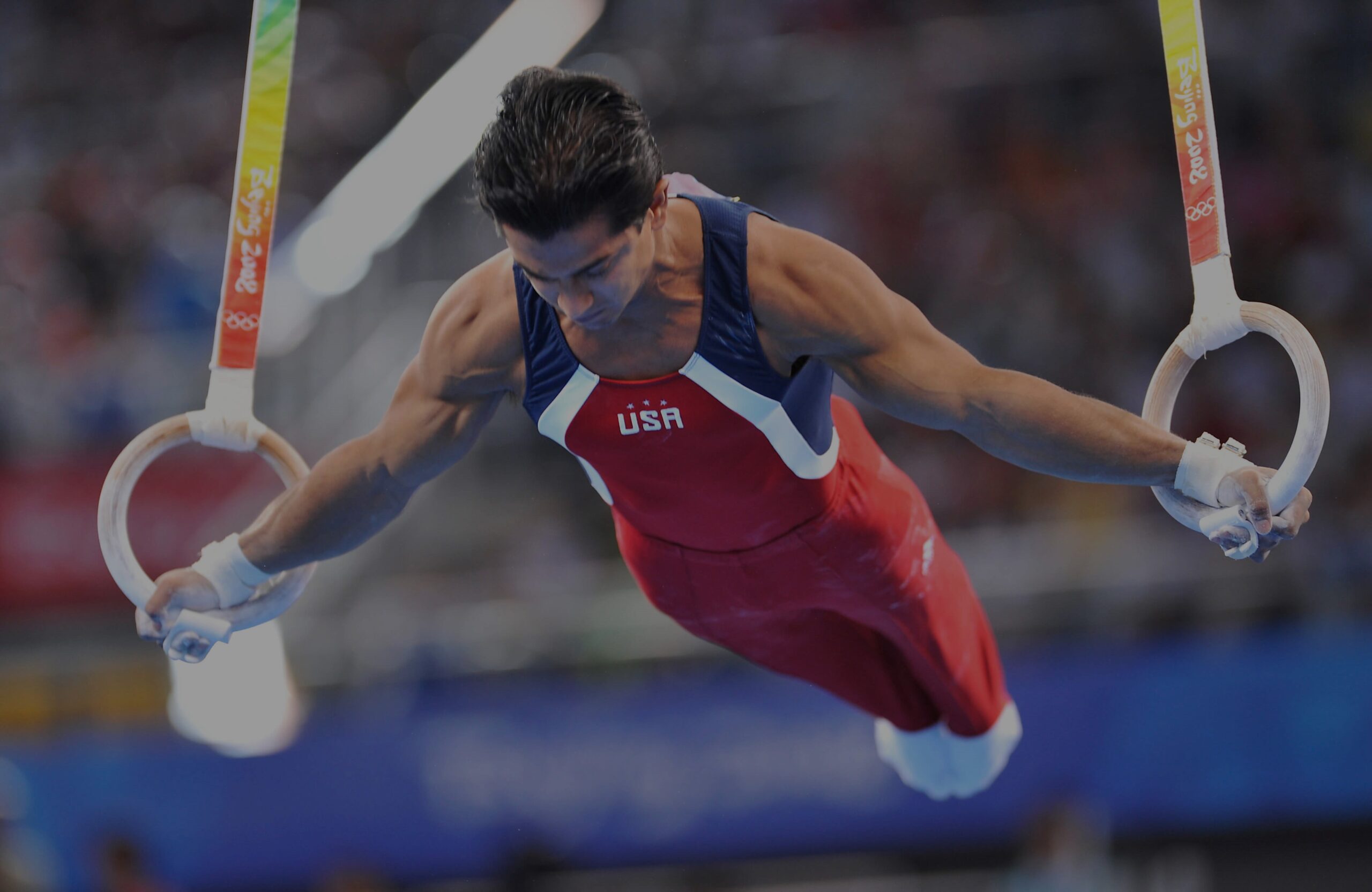
Raj Bhavsar’s journey to the 2008 Beijing Olympics is a story of resilience and redemption. A standout gymnast with a decorated collegiate and national career, Bhavsar was twice named an Olympic alternate in 2004 and 2000. After narrowly missing out on the official team both times, many thought his Olympic dreams were over. However, Bhavsar’s determination and unwavering commitment to the sport kept him in contention.
In 2008, his persistence paid off in dramatic fashion. Initially named an alternate for the third time, he was called up to the U.S. Olympic team to replace the injured Paul Hamm. Bhavsar seized the opportunity, delivering clutch performances on multiple events. His contributions were pivotal in helping the U.S. men’s gymnastics team secure a surprise bronze medal in the team competition.
Bhavsar’s Olympic moment was not just a personal triumph but also a testament to his role as a team player and his ability to rise to the occasion when it mattered most. His story continues to inspire gymnasts worldwide as an example of perseverance, preparation, and passion for the sport.
Raj Bhavsar left a lasting mark on gymnastics by creating an original parallel bar release move that now bears his name. Known as “The Bhavsar,” this innovative skill involves a daring release and re-grasp sequence that combines strength, precision, and creativity. It is recognized in the Code of Points, the official scoring system in gymnastics, cementing Bhavsar’s legacy in the sport.
Developing a move unique enough to earn official recognition requires not only exceptional talent but also hours of experimentation and refinement. Bhavsar’s creativity and determination set him apart, as he pushed the boundaries of what was possible on the parallel bars. “The Bhavsar” reflects his dedication to evolving the sport and his willingness to take risks to achieve greatness.
This achievement highlights Bhavsar’s technical skill and his contribution to gymnastics as an innovator. His move continues to inspire gymnasts around the world, showcasing the artistry and athleticism that define the sport.
Raj Bhavsar competed as a member of the U.S. men’s gymnastics team at the 2001 and 2003 World Championships, playing pivotal roles in both events. The 2001 World Championships, held just weeks after the 9/11 attacks, carried profound significance. Representing the United States on the world stage during a time of national grief and resilience, Bhavsar and his teammates embodied strength and unity, providing a source of inspiration to Americans. Their performance symbolized a nation’s determination to move forward despite adversity.
At the 2003 World Championships, Bhavsar’s contributions helped the U.S. team secure a silver medal, marking a historic achievement as it was the first team medal for the U.S. men since 1979. This success underscored the rise of U.S. men’s gymnastics on the global stage and set the tone for future Olympic success.
Raj Bhavsar’s collegiate gymnastics career at Ohio State University was nothing short of stellar. Competing from 1999 to 2003, he was a cornerstone of the Buckeyes’ gymnastics program. Bhavsar helped lead Ohio State to an NCAA team championship in 2001, a victory that underscored his ability to excel both individually and as a team player.
Individually, Bhavsar was a dominant force, earning multiple All-American honors across several events and winning the NCAA all-around title in 2002. His performances demonstrated not only technical mastery but also the consistency and composure needed to succeed under pressure. These qualities would later define his elite gymnastics career.
During his tenure, Bhavsar’s leadership and dedication elevated Ohio State to one of the top programs in the nation. His time as a Buckeye laid the foundation for his international success, including his contributions to U.S. teams at the World Championships and Olympics. Bhavsar’s collegiate achievements remain an integral part of Ohio State’s gymnastics legacy and continue to inspire future generations of student-athletes.
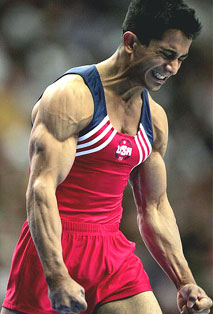
About Us
Highlights
Press
CHRONOLOGY
The Junior Years 1990 – 1999:
- 5 Time Texas State Champion
- 3 Time Regional All Around Champion
- Back To Back Junior National Champion 97-98
- 4 years on the Junior National Team
The Elite Years 1999-2009:
